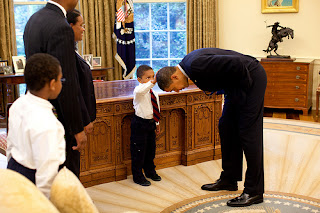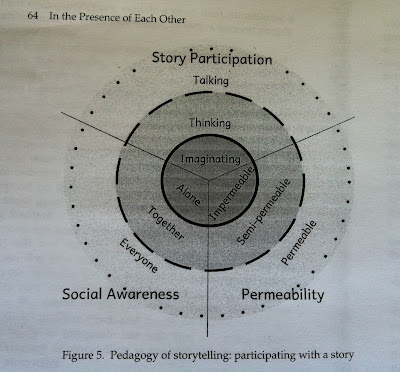third places, monitored spaces
While the tenure papers may not be done (I've thought they were twice, and more revisions came back each time), I have moved on to refreshing my research brain. Refreshment, in this case, has involved travel to public libraries. So far, I've been to about 10 different public libraries in the general region (east to Indianapolis, north to Chicago, west to Bloomington-Normal, and south to Tuscola) big and small, rural and urban, and it has made for a fascinating set of informal conversations. The first goal of my trips has just been to look, with fresh eyes, at public libraries as spaces. I go into buildings and explore websites, seeing how physical and virtual spaces relate to each other and to me, a stranger on the road just stopping by. Several times, because of professional connections, I have quickly become *not* a stranger on the road, but in fact a colleague. That happened in Forrest, IL, and even moreso in Tuscola where I know the soon-to-be-former director from GS



